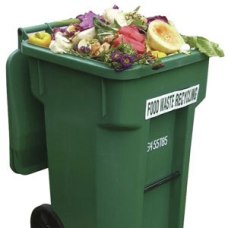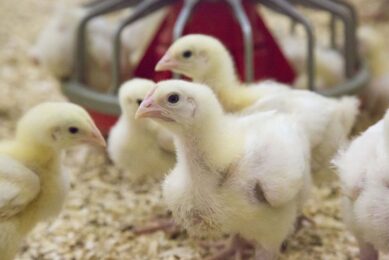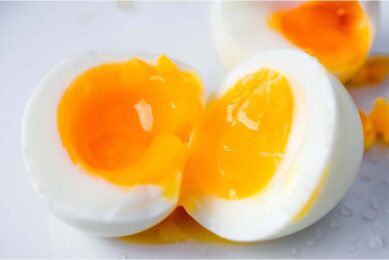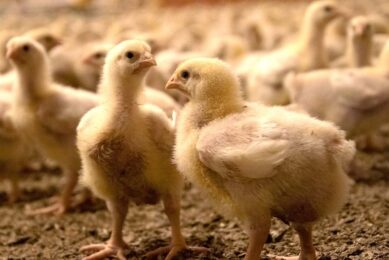Japanese poultry enjoy sukiyaki

Due to high feed costs, Japanese poultry and pigs eat more food scraps from restaurants and supermarkets instead of their normal diets.
Japan disposes around 20 mln tonnes of food waste per year. The leftovers were once dumped in landfills where they decomposed and produced methane, a greenhouse gas. However, since 2001, government legislation has stimulated to turn food scraps into animal feed. Initially, farmers had been reluctant to feed the recycled food, but rising feed prices have made them more receptive. Feed from recycled food is about half the price of regular feed.
Food recycler
This trend has stimulated former garbage truck driver to set up Agri Gaia System, at the moment the largest food recycling company in Japan. His drivers now cart truckloads of rice balls, sandwiches and milk discarded by 1,200 7-Eleven stores to his factory on the outskirts of Tokyo, where the food scraps are turned into two types of dry feed after a final heating process – one rich in fat and protein, the other lower in fat and protein but with more carbohydrates – and a liquid type, from pasteurized drinks such as milk and chopped vegetables.
A blind test of pork shows respondents tell the difference immediately, according to a university research. One of the effects of tasty feed, they say, is that hens produce more eggs than usual.
Rely on imports
Japan imports about 75% of its raw materials from abroad. It is the world’s biggest importer of corn used for animal feed. The recent price increases of corn and soy meal have raised demand for recycled feed, but it still accounts for only 1% of raw material use in Japan, or about 150,000 mt in 2006, twice as much as in 2003.
Join 31,000+ subscribers
Subscribe to our newsletter to stay updated about all the need-to-know content in the poultry sector, three times a week. Beheer
Beheer








 WP Admin
WP Admin  Bewerk bericht
Bewerk bericht